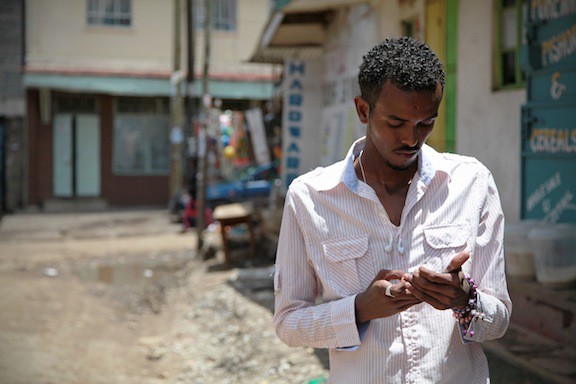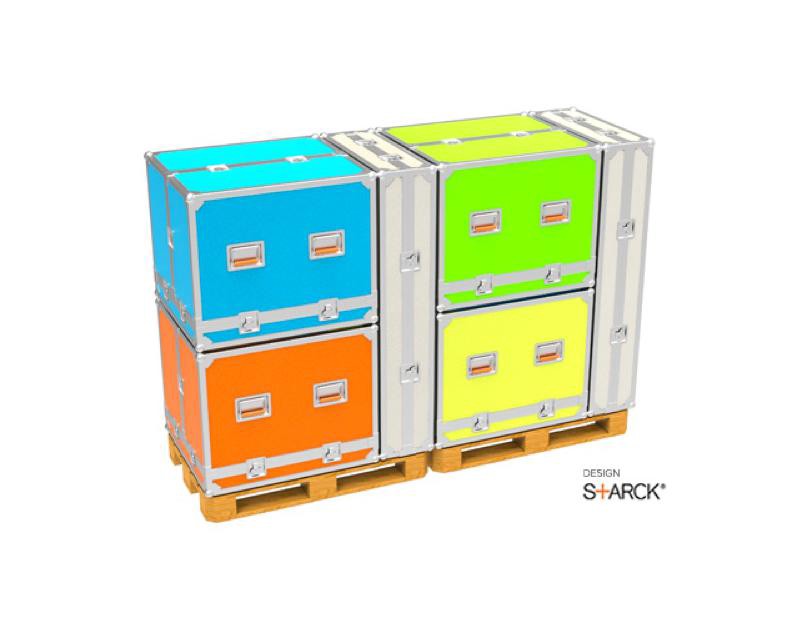

“Refugee camp: A temporary place providing emergency food and medical aid to refugees for a few months until it’s safe for them to return home.”
Well, that’s one official definition, anyway. Today, increasing numbers of refugee camps–places that were only meant to be temporary–are becoming just the opposite. Some refugee camps in Palestine have been in existence since 1948, and others were around so long they ended up merging with neighboring population centers.
Camps that grow in size and become permanent bring with them a whole host of problems. On top of crowding and lack of infrastructure, which can lead to severe hygiene, health, and human rights issues, efficiently delivering and distributing essentials such as food and water can become a logistical nightmare–particularly to camps in remote areas. Providing education and entertainment, and giving life a sense of normality, are other concerns. And you can add helping refugees find lost family to the list, too.
Despite all the difficulty and hardship–or perhaps because of it–stories of innovation play a significant role in these camps, just as they do practically anywhere.

Family
Every few seconds a family is separated because of conflict or natural disaster. A mother might have been gathering firewood when a militia descended upon her village, sending her family scattering for safety. A brother might have been sent a hundred miles away to sell livestock at a market when a battle turned into an all-out war, forcing his family to flee.
Separation might be momentary in the developed world because reconnection is possible through various means of communication. However, it is different for more than 51 million people in the developing world who are forcibly displaced. Separation only takes a moment, but can leave a lifetime of hurt.
Many of these displaced people find their way into refugee camps, and many have access to mobile phones. Refugees United uses a combination of these phones, and the world’s largest refugee database, to help reconnect separated families. In partnership with Ericsson, the organization developed an innovative mobile platform that allows refugees to take the search for missing loved ones into their own hands.
“It makes it easier for them to search, connect, and communicate while working with aid organizations such as UNHCR and Kenya Red Cross, and refugees themselves,” said David Mikkelsen, one of the co-founders. “Our platform is accessible via toll-free lines and a multilingual mobile application often used across Africa for something quite different–mobile banking.”
Millions of pieces of data, such as tribes and clans, places last seen, and personal traits, are securely analyzed and paired to create matches for more than 350,000 refugees who are already registered in the database. Refugees United has pledged to help one million refugees by 2015.

Food
As refugee camps expand, the complexities of delivering food grow with them. This is precisely what happened in the Western Sahara camps in southwest Algeria, where the number of food distribution points grew quickly from 27 in 2010 to 116 today. “Distribution logistics and staff coordination were complex,” said Rosa Akbari, who recently worked in the Western Sahara camps as an independent researcher. “Internal communication was unreliable at best and nonexistent at worst, and beneficiaries wanted to know more from humanitarian leaders,” she said.

Despite the difficulties, what Rosa found, in her own words, was “a society prepped for technological innovation.” By using technology that was already in place–every family had access to at least one mobile phone–Akbari helped implement a text message-based system which not only helped humanitarian staff share the times and destinations of food deliveries, but also allowed camp residents easy access to those managing the camps.
Text messaging is a well-established organizing and details-management tool, and information is often cited as being as critical to refugees as food, water, and shelter.

Engagement
Refugees are no different than anyone else: They crave time to play, learn, and be entertained just as much as they do information about lost relatives or food deliveries. The FiSahara film festival–the “Cannes of the desert”–is in its 11th year. Given the situation many find themselves in, one could argue that any form of entertainment and escape is critical to their emotional survival. Ideas Box offers just that. These brightly colored crates come packed with resources to help alleviate boredom and a lack of access to learning among displaced people.

Each Ideas Box provides everything from arts and crafts, puppets, cartoons, board and video games, high-definition cameras and books, to a satellite Internet connection, tablets, laptops, e-readers, open lab workshops for computer programming, GPS apparatuses for 3D participatory mapping, a cinema with a built-in TV and projection screen, films, documentaries, and other recreational activities.
Connecting with these types of learning and entertainment resources can help pass time and keep refugees stimulated–for as long as their stay may be.


How We Get To Next was a magazine that explored the future of science, technology, and culture from 2014 to 2019. This article is part of our Design & Innovation section, which looks at new devices, concepts, and inventions that are changing our world. Click the logo to read more.
